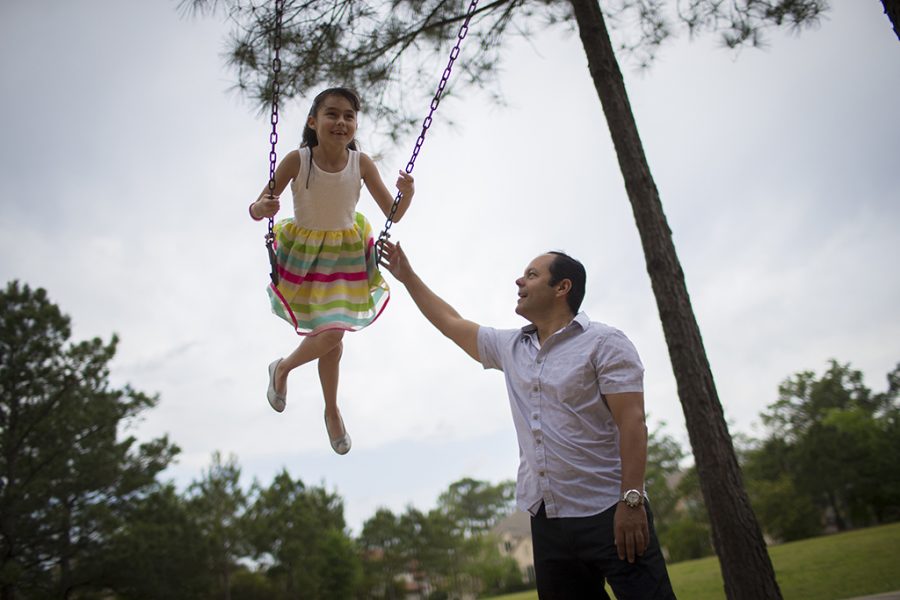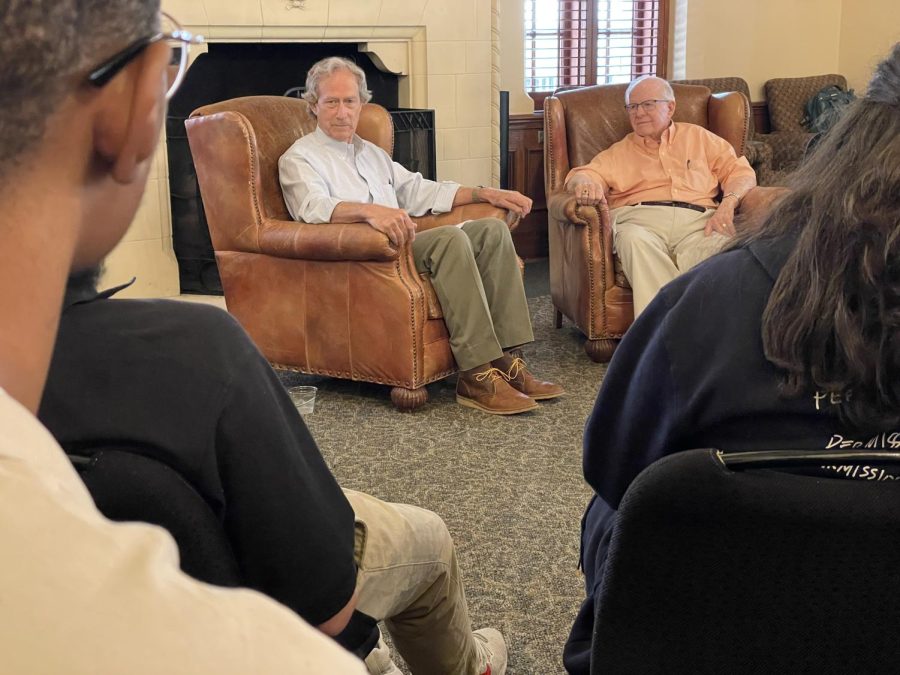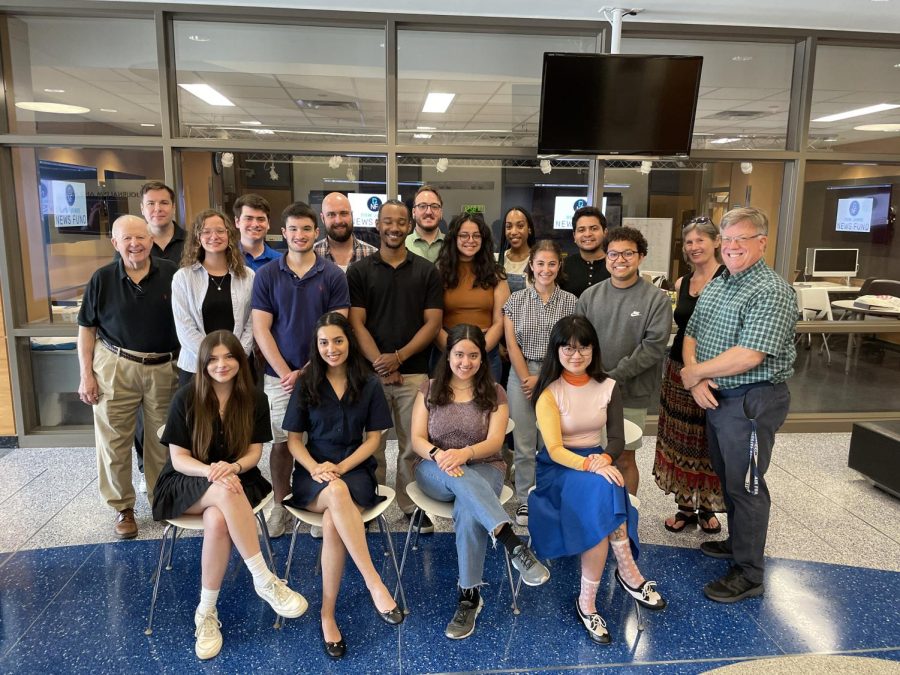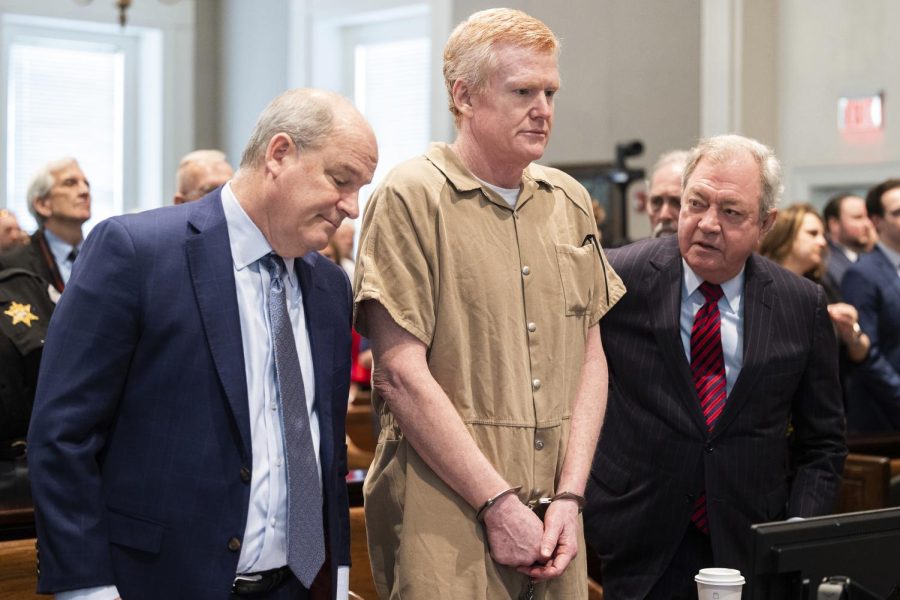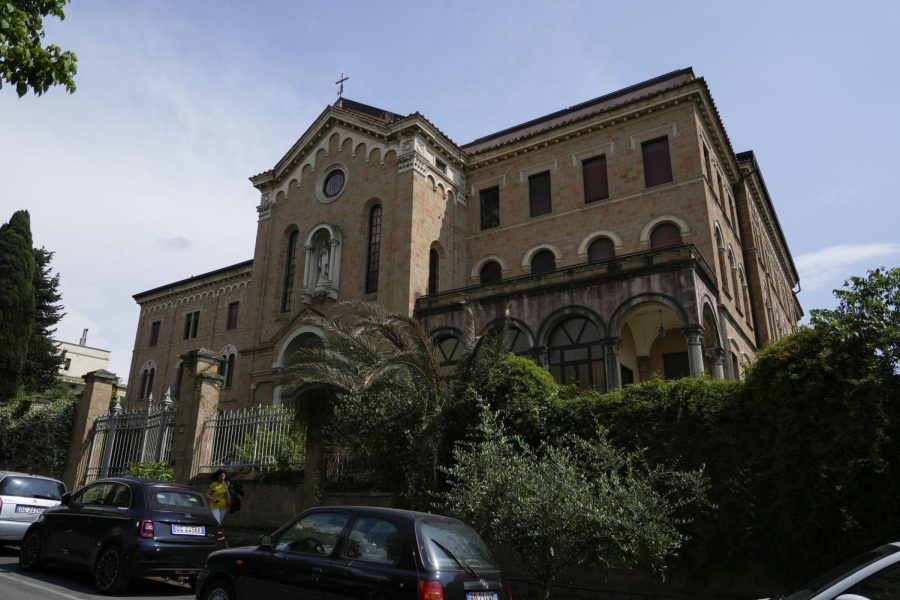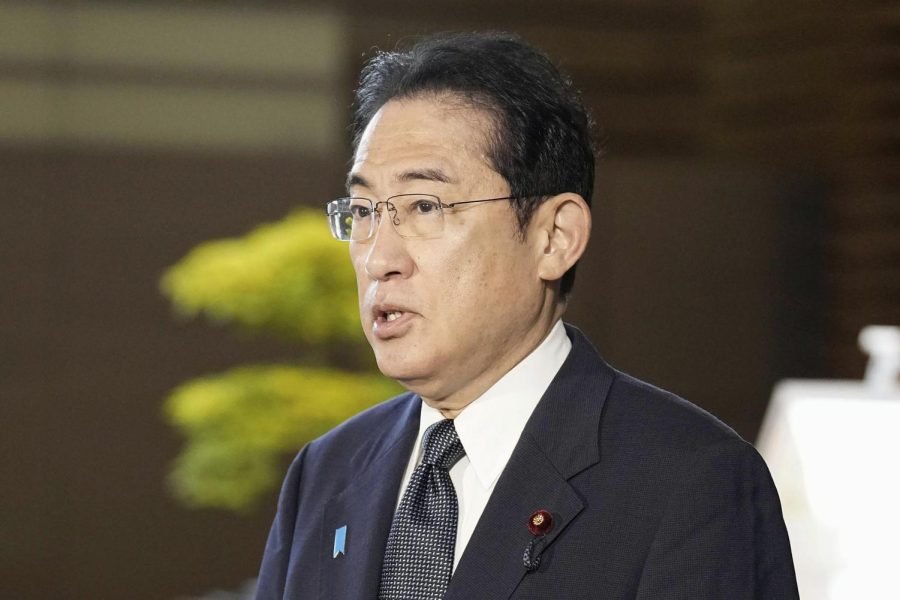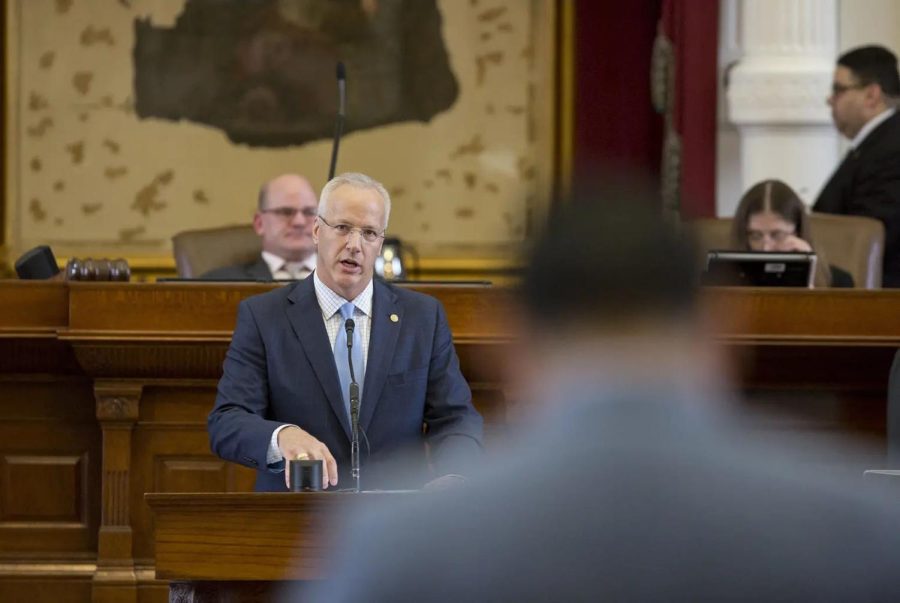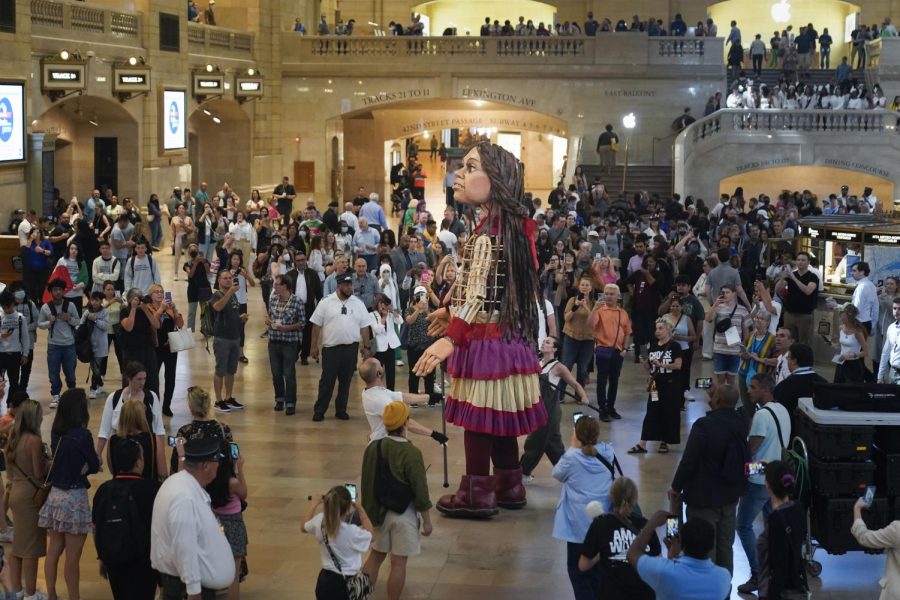OLIVIA P. TALLET
Houston Chronicle
THE WOODLANDS — A year ago, Perla Soto wrote a guidebook to help Mexicans coming to The Woodlands understand how things work in America.
In the introduction, she explained why so many of her wealthy countrymen were drawn to life 30 miles north of Houston.
The allure of large, beautiful homes caressed by the shadows of slash pines and bald cypresses was a factor, as well as all those parks and golf courses and dozens of lakes and ponds. Good schools. And few worries about crime in what people jokingly call “la colonia más segura de México,” or Mexico’s safest town.
Soto and “los woodlandeses,” as they are called in Spanish, have boosted the area’s economy, spending billions on homes and several hundred million more on new businesses, taxes, cars and other goods in the last 10 years, according to the magazine Viva! The Woodlands. The 10,000 Mexicans who live there make up 10 percent of the area’s population.
But these days, the immigration pattern is reversing. Fewer Mexicans are coming to live in The Woodlands, and more are moving back to Mexico.
Tony Payán, the director of the Mexican Center at Rice University’s Baker Institute, cites the weakness of the Mexican peso as one factor, but says that’s not the only reason.
President Donald Trump’s efforts to curb illegal immigration, and his rhetoric, are not just affecting working-class communities and those without legal status, Payán said. “It has created a sense of uncertainty among legal and wealthy immigrant communities such as The Woodlands as well.”
It’s what Soto calls “The Trump factor.”
And that’s driving even her and her family back home.
Mexicans began buying vacation homes in The Woodlands in the early 2000s. A second wave between 2006 and 2014 coincided with much of the presidency of Felipe Calderón. During this period, the narco-violence in Mexico reached its peak, and people came to set up residence.
Census data shows a sharp increase in the Mexican population in The Woodlands until 2013, followed by a decline in 2014 and slow growth the next year, the latest estimate available. If the reverse immigration trend continues, it would be reflected in the 2020 census.
Soto moved to The Woodlands from Mexico City seven years ago with her husband, David Medina, and their kids, Diego, 11, and Paola, 9.
She and Medina saw business opportunities in the U.S., and wanted their children to be bicultural and bilingual. More importantly, they wanted them to be safe. The family had been robbed at gunpoint back home.
“Almost every family that came [during the second wave] had some sort of close experience involving a violent episode in Mexico,” Soto said.
The family bought a home in Creekside Park Village, the then-newest development.
“Mexicans like buying brand-new houses here,” said Medina, a real-estate agent and businessman who specialized in luxury properties.
Soto was happy for the chance to customize the interior of their 5,000-square-foot home to her taste and style, without the adornments she saw in standard American homes. It made her feel less foreign.
Theirs is a common story, according to Payán. Mexican Center studies show that unlike most Mexican immigrants, who come to the U.S. to help their families out of poverty, The Woodlands’ residents are chiefly seeking “better education for their children and better services and quality of life.”
José González Franco recently moved from Mexico City’s exclusive San Ángel colonial neighborhood. Here, he lives on a cul-de-sac, in a 3,000-square-foot house with a pool.
“With the sale price of my home in Mexico,” he said, “I could buy five houses like the one I live in here.”
He and his wife, Alejandra Alemán Santacruz, bought the house as a vacation home two years ago. Last August, it became their main residence. “We wanted to give our children the best opportunities,” he said.
Private schools in Mexico “are very expensive with a much lesser quality than the schools we have here,” González explained. “And I would rather sell my kidneys than put my two kids in Mexican public schools.”
González, who was born in the U.S., was a restaurant owner in Mexico. He is now starting an import business in Houston.
Some of those who came north to live in The Woodlands became residents through EB-5 visas, which require an investment of at least $1 million, or $500,000 for special projects, in commercial enterprises that employ at least 10 U.S. citizens. That provides permanent residence to the holders.
Others have trader or investor visas — E-1 and E-2 — for people who do business between the two countries under bilateral arrangements, such as the North American Free Trade Agreement, or NAFTA.
Some moved their families with other common visas but travel back and forth, to keep working in Mexico.
Jorge Cadena and his wife, Heidi Herfurth, obtained EB-5 status recently after living in The Woodlands for eight years doing transnational business in the tourism sector with other visas. He also is the publisher, and Herfurth, the editor, of Viva The Woodlands Magazine, the main local publication in Spanish.
“Changing visas and constant renewals have been a headache for many of us in The Woodlands,” Cadena said.
There is this idea, he said, “that we are all multimillionaires that came here easily to live the high life without money concerns.” But the vast majority, he said, are “hard-working business people and professionals.” Part of the community is composed of Mexican expats working as executives and scientists in the financial and oil and gas industries.
Cadena said he and his wife try to tell stories about the “honest, hard-working majority” of Mexicans, to counter the headlines that some high-profile incidents have drawn to the community.
One recent case involves a former public official with the state of Veracruz, Arturo Bermúdez Zurita, who was imprisoned last year. He faced corruption charges related to several houses bought around The Woodlands with a value of $2.4 million, and more in other parts of the U.S., while earning the equivalent of about $3,000 per month. The case led to the arrest of the then-governor of Veracruz, Javier Duarte. Mexican media reported that Duarte had bought properties in The Woodlands under other names, including his sister-in-law Mónica Ghihan Macías Tubilla, which he had denied. At least one property in The Woodlands is still registered under Monica M. Tubilla, tax records show, with an appraised value over $700,000. Duarte himself posted on Twitter last June that he bought a membership at The Woodlands Country Club.
Cadena said Mexicans in his community don’t want to be defined by stereotypes. Rather, he said, they want to be recognized for their “contributions as an essential part of The Woodlands prosperity.”
It’s difficult to find hard, independent data about the Mexican community’s financial impact on The Woodlands, but everyone agrees that it’s plainly visible.
Julie Charros-Betancour, president of the U.S.-Mexico Chamber of Commerce of The Woodlands, said Mexican families bought one of every four homes sold in the area between 2006 and 2015. Over that period, she was commissioned by The Woodlands Development and The Woodlands Resort to promote business and tourism from Mexico.
“In 2006, there wasn’t a single hotel room occupied by Mexicans in The Woodlands. Visitors stayed in The Galleria back then,” she said. By 2015, though, she said, “we generated a combined 5,500-percent increase” in direct hotel occupancy and tourism to the township.
Pete Garcia, the chamber director, said organization members own all kind of businesses, from construction to insurance.
Rosendo Villarreal, the president of The Woodlands’ chapter of the U.S. Mexican Entrepreneurs Association, points out that the economic impact goes beyond The Woodlands, as many residents run businesses, for example, in Houston. He is partner and vice president of Source Logistics, a company with presence in five U.S. states.
High-end restaurants at The Woodlands enjoy what some people call “the Mexican shift”: American customers come and go early, giving way to Mexicans, who come later and linger, often the last to leave.
In the hip Hughes Landing area, full of upscale restaurants, valet parkers said many customers are Mexicans or “Spanish speakers with gorgeous cars.”
Karl Stomberg, manager of Crave Luxury Auto in The Woodlands, said Mexicans are “a very significant part” of his customer base.
“They like fun, classy, exotic cars,” ones seen as good investments, like diamonds, he said. “They cannot drive these cars in Mexico, because it’s not safe.”
The Woodlands has boomed as a spot for luxury brands such as Ferrari and Tiffany. Garcia said other enterprises, like hospitals from the Texas Medical Center expanding to the area, have invited the chamber to meetings, looking for ways to better serve the community.
The change is visible at airports, too.
“I know people who have not one but two jets, and it’s not coincidental that nearby airports like Conroe-North Houston and David Wayne Hooks (Memorial) have been expanding during the last couple of years,” Villarreal said. “Both airports recently opened immigration entry stations, so airplanes don’t have to stop at the border for clearance, as they were forced to do before.”
Consider the financial impact of just one couple, Soto and Medina. Medina sold $55 million in real estate during the five years ending in 2016, earning The Woodlands Realtors Award for exceptional performance in 2014.
“We receive constant visits of family and friends in Mexico, and David has sold to everybody and their mothers,” Soto said. Even his in-laws.
The Woodlands’ Mexican community has always been fluid, with lots of people coming and going.
But Trump, Cadena said, “is not making it any easier for me to convince people to come spend their money here.”
Uncertainties abound. The president has promised to withdraw from or rewrite NAFTA, increase barriers to trade, and punish Mexican products with high taxes. His administration is reviewing migration statuses, including investor visas, and E-B5s are in limbo. “Who would feel comfortable bringing their money to this environment?” said Jaime Talancón, a Woodlands insurance agent.
Soto and others say The Woodlands feels different since Trump’s election.
About 15 residents, including Soto, went to Town Hall meetings earlier this year to express concerns about a surge of discriminatory behaviors toward minorities. They wanted the board to implement programs that could foster diversity and inclusion.
Mignon Mabry, a retired English as a Second Language teacher, told those at one meeting that a student from a Colombian family had been asked in school “when she thought she was going to be deported.”
Immigrant students, she said, receive improper comments like that and slurs on a regular basis.
Juliana Fernández said in an interview that she was recently in line at the H-E-B store on Market Street with her 2-year-old son and speaking to him in Spanish when a woman behind her started complaining out loud. The woman told the man with her, “that’s why we need Trump to send these people back.”
Charros-Betancour, the chamber president who is a U.S.-born Mexican-American, said that she has never felt any discrimination in The Woodlands.
Gordy Bunch, chairman of The Woodlands Board of Directors, the local equivalent of a mayor, made an official declaration of commitment to diversity at the March town hall. He also tasked Charros-Betancour and the local Amiga group of Mexican women with conducting a survey to identify concerns among Latino residents.
Bunch said he feels the community is supportive of diversity.
He is Mexican on his mother’s side, but light-skinned, so people don’t assume he is Hispanic.
“It allows me to learn very quickly how people really feel when they don’t think that they are dealing with somebody that is multiracial,” he said.
Still, “this is Texas, and this is The Woodlands,” said Enrique Rosero, a scientist who works for Exxon Mobil. In Montgomery County, where the majority of The Woodlands is located, Trump won the election with more than 72 percent of the vote.
Woodlandeses feel that having a president who has repeatedly offended Mexicans, and immigrants in general, has given de facto permission to some people to act out on previously suppressed sentiments.
Soto said she and her husband no longer feel welcome, even though all of her family members became U.S. citizens last year, and they’re not as worried about safety in Mexico.
Medina was moving back in May. Soto and the kids will follow at the end of the school year.
They are already packing and plan to sell some of their five properties before they go.


